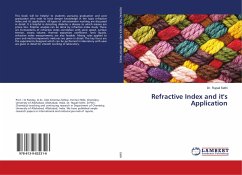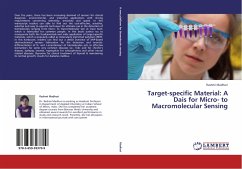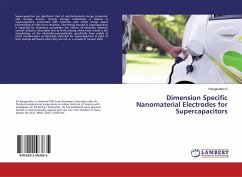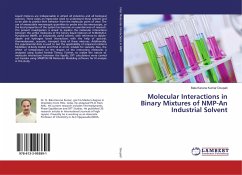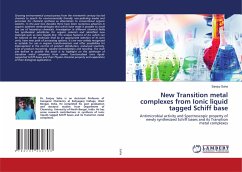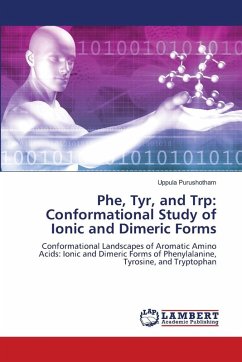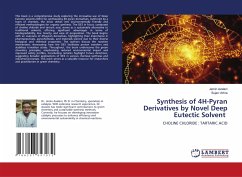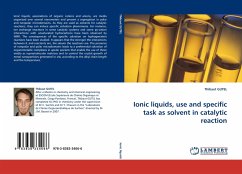
Ionic liquids, use and specific task as solvent in catalytic reaction
Versandkostenfrei!
Versandfertig in 6-10 Tagen
32,99 €
inkl. MwSt.

PAYBACK Punkte
16 °P sammeln!
Ionic liquids, associations of organic cations and anions, are media organized over several nanometers and present a segregation in polar and nonpolar microdomains. As they are used as solvents for catalytic reactions, they can induce specific solvation phenomena. For instance, ion exchange reactions in some catalytic systems and some py-cation interactions with unsaturated hydrocarbons have been observed by NMR. The consequences of the specific solvation on hydrogenation reactions have been studied. It appears that the stronger the interactions between IL and reactants are, the slower the rea...
Ionic liquids, associations of organic cations and anions, are media organized over several nanometers and present a segregation in polar and nonpolar microdomains. As they are used as solvents for catalytic reactions, they can induce specific solvation phenomena. For instance, ion exchange reactions in some catalytic systems and some py-cation interactions with unsaturated hydrocarbons have been observed by NMR. The consequences of the specific solvation on hydrogenation reactions have been studied. It appears that the stronger the interactions between IL and reactants are, the slower the reactions are. The presence of nonpolar and polar microdomains leads to a preferential solvation of organometallic complexes in apolar pockets that enable the use of these media as supramolecular matrices and to control the crystal growth of metal nanoparticles generated in situ according to the alkyl chain length and the temperature.





